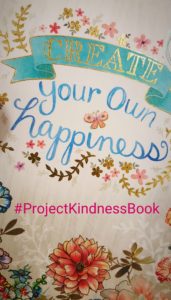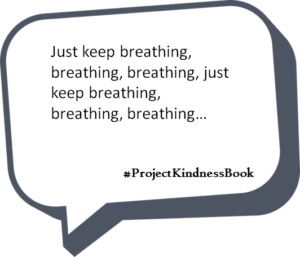Believe in yourself and you shall achieve!
It’s been a long time since I have had the chance to write, to inspire, to motivate, to share fitness advice, and engage with readers. I am excited to have the opportunity (and time) to make this a priority again. After all, helping others is a passion, a goal, and a dream.
I haven’t been conscientious about fitness, nutrition, health, and wellness my whole life. In fact, I actually didn’t care about it at all in high school and weighed about fifteen to twenty pounds more than I do now. I didn’t care about working out, taking rest breaks to clear my mind, or eating fruits and veggies. Once I graduated from high school and started college, I realized I needed a way to clear my mind and relieve stress. I also wanted to develop healthy habits that I would carry with me through life. That’s when I changed my life and started working out as my personal way of clearing my mind, de-stressing, and making my workout “me” time. I changed my life. I changed my future. I developed a workout schedule, nutrition habits, and maintained a routine that would fit my lifestyle.
During this time, I tried several different types of exercise and different workout schedules to figure out what I liked, what I didn’t like, and what I thought worked best for me. First, I started working out at my house. I would go on jogs outside each day or jump rope. It was an effective (and cheap) workout and made me feel better once I was done. Eventually I bought a treadmill and usually ran five to ten miles each day. I liked this because I could fit it in when it was convenient and I didn’t have to think about the weather. I stuck with that for a long time, probably a few years. I got bored with the treadmill and wanted a change in pace. I decided I would start going to a gym rather than working out at home. I started using the bike, elliptical, row machine, and occasionally the treadmill along with the weight machines. I got much more variety which was great.
Then, one day I started experiencing pain in my shins and ankles. I went to an athletic trainer and physical therapist to see what I had done that was causing me to feel pain. They said the machine use was causing rubbing on my joints so I started nine weeks of physical therapy to help loosen up my body, joints, and muscles. It started to help, but the physical therapists suggested lessening my machine use as that can often be hard on your joints. It was back to the thinking board. I decided to invest in fitness DVDs and workouts (which are very expensive I might add)! This allowed me to workout from home, let me do my workout whenever it fit into my schedule, made me be accountable, and forced me to use my own body weight during the workouts. I found that when I did workout at a gym it was easy to change my fitness days or routine. I could easily skip the stop at the gym causing me to rotate a workout day or two during the week. The fitness DVDs helped to fix that problem! I always had the DVDs at my fingertips and could do my workout at my convenience – no excuses!
So, you might be thinking she just rambled on and on about working out from home, working out from a gym, having sore joints, etc. The point being that sometimes fitness changes over time. Sometimes you are completely dedicated (like I am now) or completely not interested like I was in high school, BUT it is never too late to start making changes to lead a healthier lifestyle. Small changes, large changes, or just adding more changes that will help you sustain your lifestyle. You might start working out at your house, as I did, then change to a gym, and then end up back at your house, in a fitness club, or creating your own walking group, etc.
Regardless of what you choose is best for you, there are always resources and people that can help you achieve your fitness goals. You can find resources all over the web, there are cookbooks and exercise books everywhere, but one of the most important things you can do for yourself to further your health journey is believe in yourself. In life, whatever your goals are personally or professionally, you have to take your goals and believe in them, own them, have a strong passion for them, and make them part of you. That’s part of succeeding in fitness, health, nutrition, and wellness (and in life). Own up to what you put in your mouth, challenge yourself to a workout, and remember to focus on your goals. If you can do that, you can do about anything and that includes changing your health habits for the better.
~jj
#ProjectKindnessBook
#AlwaysChooseKindness



